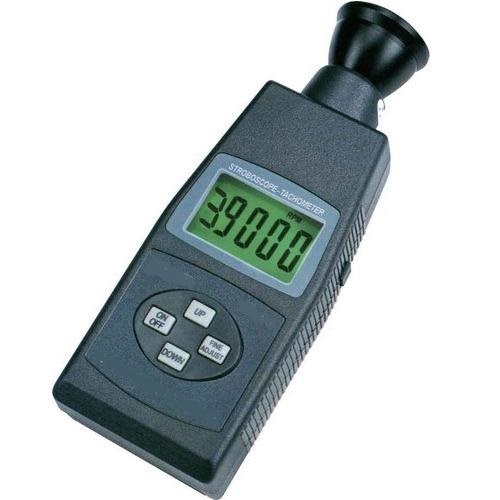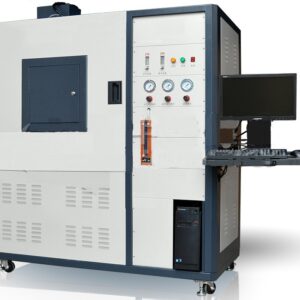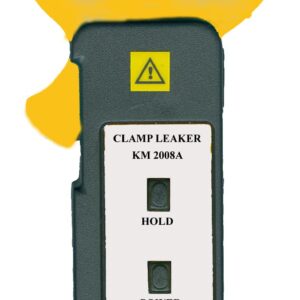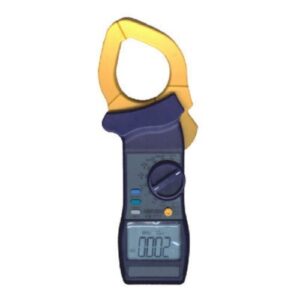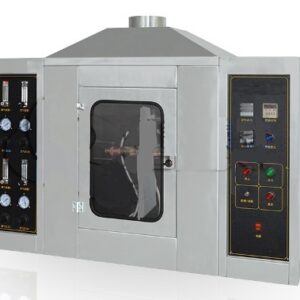Digital Stroboscope Tachometer KM 2240
<p class="stock in-stock"></p>
This is Digital Stroboscope Tachometer. It is available in wide variety of specifications. It is used to measure tach and vibratility by Non- contact.
Display: 5 Digits, 40,000 COUNTS
Fine Tuning: +/- 0.1 RPM/FPM
Measuring Range: 60-40,000 RPM/FPM
Model Number: D45
Accuracy: +/- 0.05%
Coarse tuning: +/- 10 RPM/FPM
Time Base : 10 MHz
STROBOSCOPE TACHOMETER SPECIAL FEATURES:
- Measuring Teach and Versatility By Non-contact
< 1000 RPM Coarse adjust: + 10 RPM; Fine adjust: + 0.1 RPM
- Digital Control to adjust Flash Frequency
> 1000 RPM Coarse adjust: + 100 RPM
- Course / Fine Adjust Amplitude:
- Low Power Consumption
- Large LCD Display with Backlight
- Measure Range: 60 ~ 39,000 RPM (KM 2240)
Fine adjust: + 1RPM
STROBOSCOPE TACHOMETER FEATURES:
- This tachometer is a technique, microcomputer instrument combine SURFACE (CPL) and LCD PHOTO TACH & MOTION & for one damage or uneven photoelectrical technique used the surface
- Manual adjust / Auto – adjust: Coarse adjust the button and Fine Adjust button.
- Light in weight and easy to carry.
- Backlight control switch.
Frequently asked questions:
What is a stroboscope tachometer used for?
A stroboscope, tachometer, can be rotating, vibrating or moving strobe light or strobe the rotation used to measure revolution velocity and frequency of also called a speed or parts, components, and equipment
What is the principle of stroboscope techometer?
When the frequency stroboscope frequency, the moving object is viewed of movement exactly matches the clearly only moving object to appear as a appears when the revolution This causes the image speed of rotation is a single stationary image. A stationary once during each also some exact multiple The highest scale reading that produces the of the stroboscope frequency single, still image is the fundamental frequency
Multiple still images is some multiple of the rotation frequency. In this appear when the stroboscope frequency case the light flashes more two images frequency is three times the object (The radial line at the than once during each rotation of end of the shaft may appear. If lamp frequency is twice the rotational as several equally spaced lines frequency, rotational frequency are produced, 180° apart. If the lamp, three images appear, each at a spacing of 120°.)
Moving images are and rotational frequency are not synchronized. When obtained when the light frequency the image appears to of the flasher frequency. When it appears to the direction opposite to that less than in rotating actual rotation, the rotation frequency is rotated in the same direction as the actual rotation; the rotation frequency is higher than the flasher frequency.
Who invented the stroboscope techometer?
Simon von Stampers

